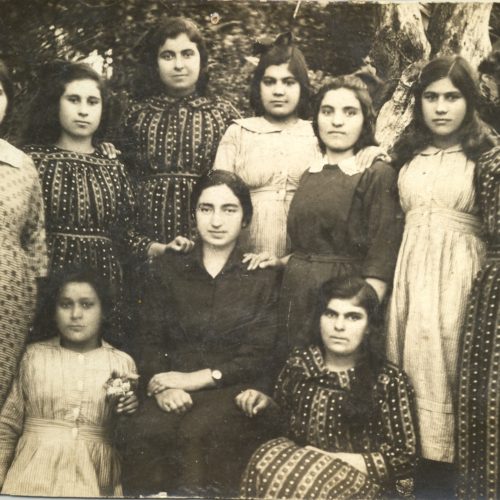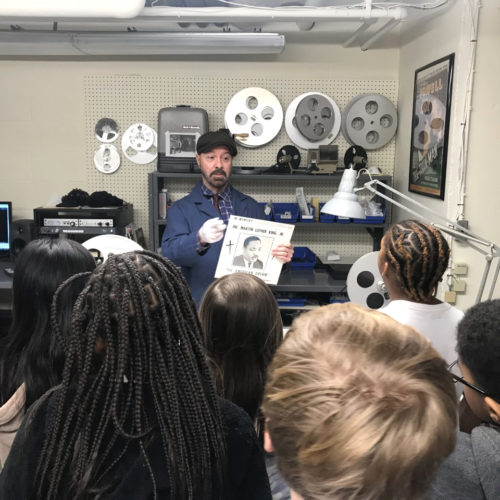Grades 10 – Graduate level/Adult education. This audiovisual media literacy educational resource focuses on video media. Videographic materials often communicate messages visually. Articulating precisely how this is done, through both visual and narrative information, requires critical media literacy skills. Through watching and analyzing these videos, students will explain underlying messages and attitudes within the videos.
HIV/AIDS in the 1980s
Explore Further

Near East Relief Document Analysis Websites
Grades 4 – 8. The following unit engages students with archival material related to Near East Relief. The unit framework, primary sources, and resources can be integrated into classrooms of grades 4-8. Each lesson has student objectives that can be accomplished within 40 minute periods over the course of several weeks. The final project will be…
Yellow Fever
Grades 4-8. The following unit engages students with archival material related to the yellow fever epidemic during the construction of the Panama Canal. Students will learn about archives, primary and secondary sources through the lens of the yellow fever. They will make connections to other public health campaigns such as tuberculosis and Covid. Applying present…

Voter Education: Audiovisual Media Literacy Video and Classroom Guide
This media literacy classroom activity centers on a video we developed with the RAC’s Audiovisual Archivist Brent Phillips. It includes clips of audiovisual documents related to voter education, which can serve as primary sources to view, analyze, and discuss in a classroom setting. The classroom activity guide below is available as a PDF download at…